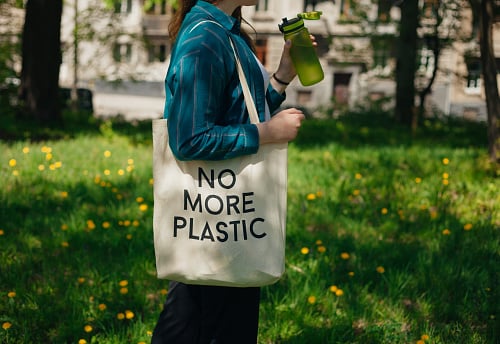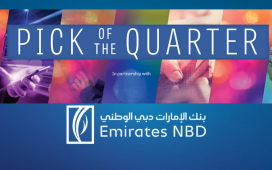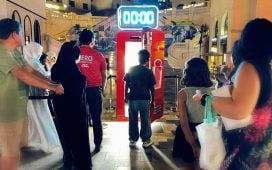 According to the report, environmental themes prioritise reducing waste, supporting local businesses, and finding new routes to growth via the circular economy.
According to the report, environmental themes prioritise reducing waste, supporting local businesses, and finding new routes to growth via the circular economy.The MENA region is showing great opportunity for engaging on sustainability, and is making the case that a focus on sustainability – even during uncertain times – is effective.
A new report titled Sustainability in the WARC Effective 100, published by the World Advertising Research Centre (WARC) in partnership with global sustainability marketing expert Thomas Kolster, explores how sustainability work – whether defined as social or environmental – shows up in ten years of the Effective 100 Rankings (2014-24).
The research evaluates a decade of most effective campaigns – and demonstrates how sustainability punches above its weight. The report analysed 10 years of WARC Rankings
To continue reading this article you need to be registered with Campaign. Registration is free and only takes a minute. Register Now or sign in below if you already have an account.









